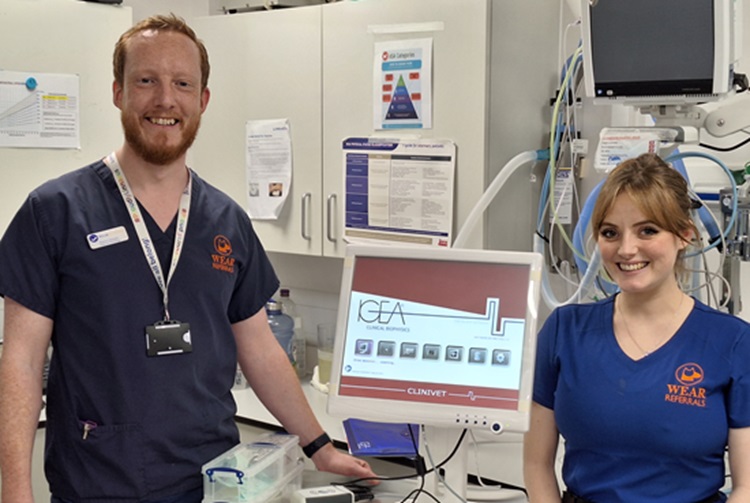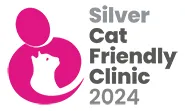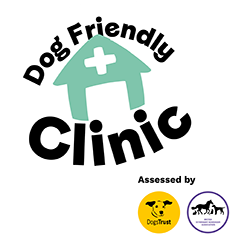What is electrochemotherapy?
 Traditional chemotherapy involves giving a drug into the blood stream of a patient to target a cancer. It is most successful for treating cancers that are spread throughout the body, such as lymphoma.
Traditional chemotherapy involves giving a drug into the blood stream of a patient to target a cancer. It is most successful for treating cancers that are spread throughout the body, such as lymphoma.
However, it often has a limited effect on bulky, solid tumours that are usually resistant to chemotherapy. We also need to limit the dose that we give due to the risk of systemic side effects.
Electrochemotherapy works by passing a small electrical current through the tumour while the patient is asleep.
The electrical current temporarily forces the tumour to take up more chemotherapy, allowing a higher concentration of the drug to be achieved.
This means that we can kill the tumour while avoiding severe systemic side effects.
What is it used for?
Surgery remains our number one choice for treating solid tumours. However, there are situations where surgery is not possible, particularly for tumours around the head or in the mouth. We also sometimes see patients that have multiple tumours where surgical removal would not be feasible. The commonest tumours that are treated with electrochemotherapy in veterinary oncology are melanomas of the mouth, mast cell tumours and carcinomas. However, please ask the oncologist whether electrochemotherapy would be suitable for your pet.
How does it work?
The first step is to have a consultation with an oncologist to decide whether the treatment is appropriate for your pet. A thorough physical exam will be performed, and we may advise further tests. Electrochemotherapy may be performed at the initial consultation, or we may arrange it for another visit to give you time to think about the options – the majority of chemotherapy treatments are performed on Tuesdays and Thursdays at the hospital.
Each electrochemotherapy treatment will require a short general anaesthetic, to make sure that your pet is comfortable. A chemotherapy drug is given either into the blood stream or injected directly into the tumour. A specially designed electrode is then used to apply an electric current into the tumour. The whole treatment takes less than 30 minutes, and your pet should be home within a few hours.
What are the results?
We will usually see some temporary redness and swelling of the treated site, and the oncologist may prescribe some anti-inflammatories or painkillers for this. Parts of the tumour or overlying skin may also become black as the tumour tissue dies. There may be some bleeding, particularly ulcerated tumours in the mouth. We may also see some scar tissue develop after repeated tumours. The tumour will start to die straight away, although it may take a few weeks to see the full effect.
How many treatments are needed?
The number of treatments varies depending on the response of the individual tumour. Some tumours will only need one treatment, whereas others may need four or six. The treatment can be repeated once every four weeks, although the oncologist may occasionally recommend a shorter interval for particularly aggressive cancers. We will schedule follow up appointments to monitor the tumour carefully.
Are other options available?
We have many tools to fight cancer, including surgery, radiotherapy, electrochemotherapy, immunotherapy and traditional chemotherapy. Please find further information on cancer therapeutics here.
Your oncologist will discuss all the options with you before deciding on the right treatment for your pet. If you are not yet a client of Wear Referrals, please ask your vet for a referral.






